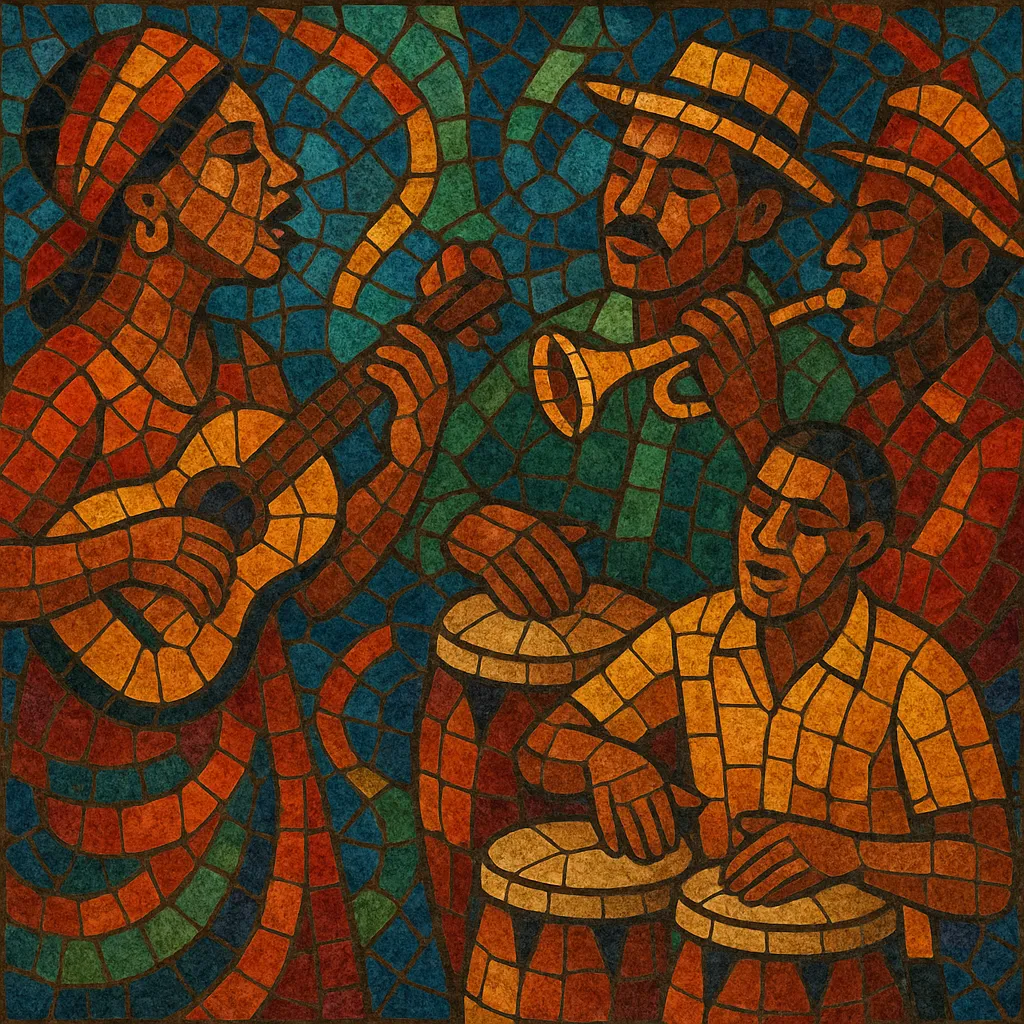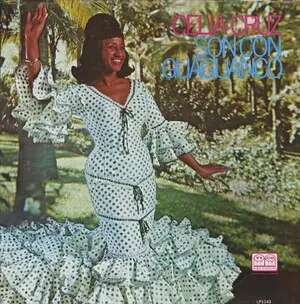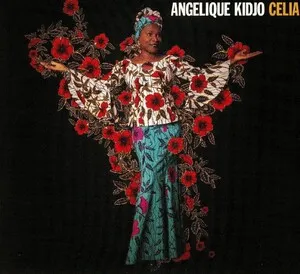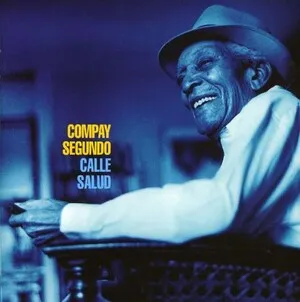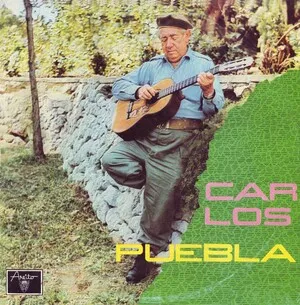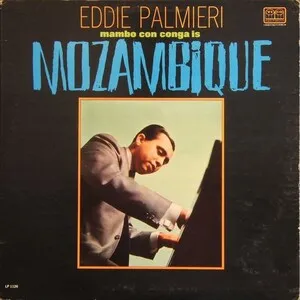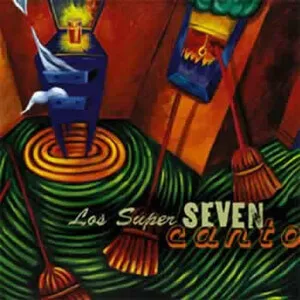Guaracha is a fast‑paced Cuban song–dance genre known for witty, satirical, and often picaresque lyrics delivered over a driving Afro‑Cuban groove. It typically uses the son clave (in 2–3 or 3–2 orientation), call‑and‑response coros, and a lively montuno section that invites dance and audience participation.
Originally tied to popular and comic theater, guaracha later became a staple of Cuban conjuntos and charangas, and it survives in the salsa repertoire as a label for brisk, upbeat numbers. Instrumentation commonly includes voice(s), guitar or tres, bass, bongó, maracas, claves, and often trumpets or charanga flute/violins. Harmonies are straightforward and bright (major keys, I–IV–V with frequent secondary dominants), while the rhythmic feel is relentlessly syncopated and festive.
The term should not be confused with modern "guaracha edm" (a separate, contemporary club style); historical Cuban guaracha is a distinct traditional genre with roots in 19th‑century Havana and theatrical culture.
Guaracha emerged in Cuba in the late 18th and early 19th centuries as a comic, satirical song–dance associated with popular entertainment and theater. Its nimble texts and lively tempo made it ideal for theatrical interludes, where it absorbed influences from Spanish stage music (tonadilla, zarzuela, and copla) while drawing rhythmic vitality from Afro‑Cuban performance practices.
By the mid‑19th century, guaracha was closely linked with Cuba’s teatro bufo (comic theater), where performers used it to lampoon social types and current events. The pieces were catchy, topical, and danceable, helping the style circulate beyond theaters into social gatherings and urban dance spaces.
With the rise of recording and radio in the early 20th century, guaracha migrated decisively into the repertoires of sextetos, septetos, and later conjuntos and charangas. Ensembles featuring tres/guitar, bongó, maracas, claves, bass, and brass (or flute/violins) adapted guaracha’s brisk tempo and humorous edge to the emerging sonero tradition, often building arrangements around a verse–montuno structure with coro–pregón exchanges.
From the 1930s to the 1950s, stars such as Benny Moré, Sonora Matancera, Arsenio Rodríguez, and Trío Matamoros recorded enduring guarachas. The style’s speed, bright major‑key harmonies, and double‑entendre lyricism made it a crowd‑pleaser in ballrooms and on records. Its rhythmic language and formal features fed into broader Cuban popular music, leaving a mark on the development of son‑based big‑band and charanga aesthetics.
In the salsa era (1960s onward), Puerto Rican and New York orchestras retained the term “guaracha” to denote quick, hard‑driving numbers within their sets. Today, guaracha persists both as a historical Cuban genre and as a tempo/style marker in salsa programming. Note that the contemporary club style known as “guaracha edm” is a separate phenomenon distinct from the Cuban tradition.

